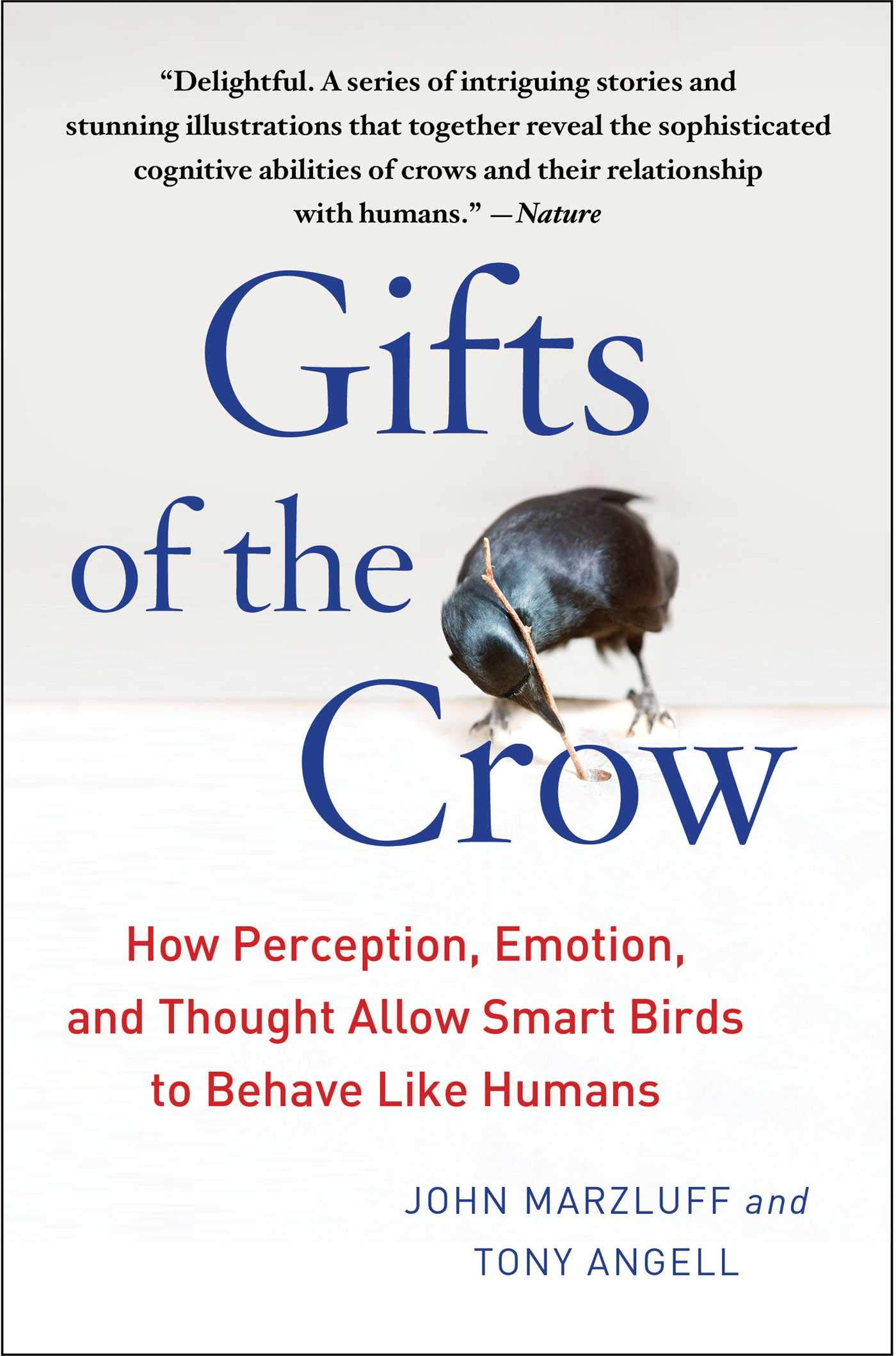Customer Services
Copyright © 2025 Desertcart Holdings Limited
Desert Online General Trading LLC
Dubai, United Arab Emirates


Gifts of the Crow: How Perception, Emotion, and Thought Allow Smart Birds to Behave Like Humans
Trustpilot
5 days ago
1 month ago